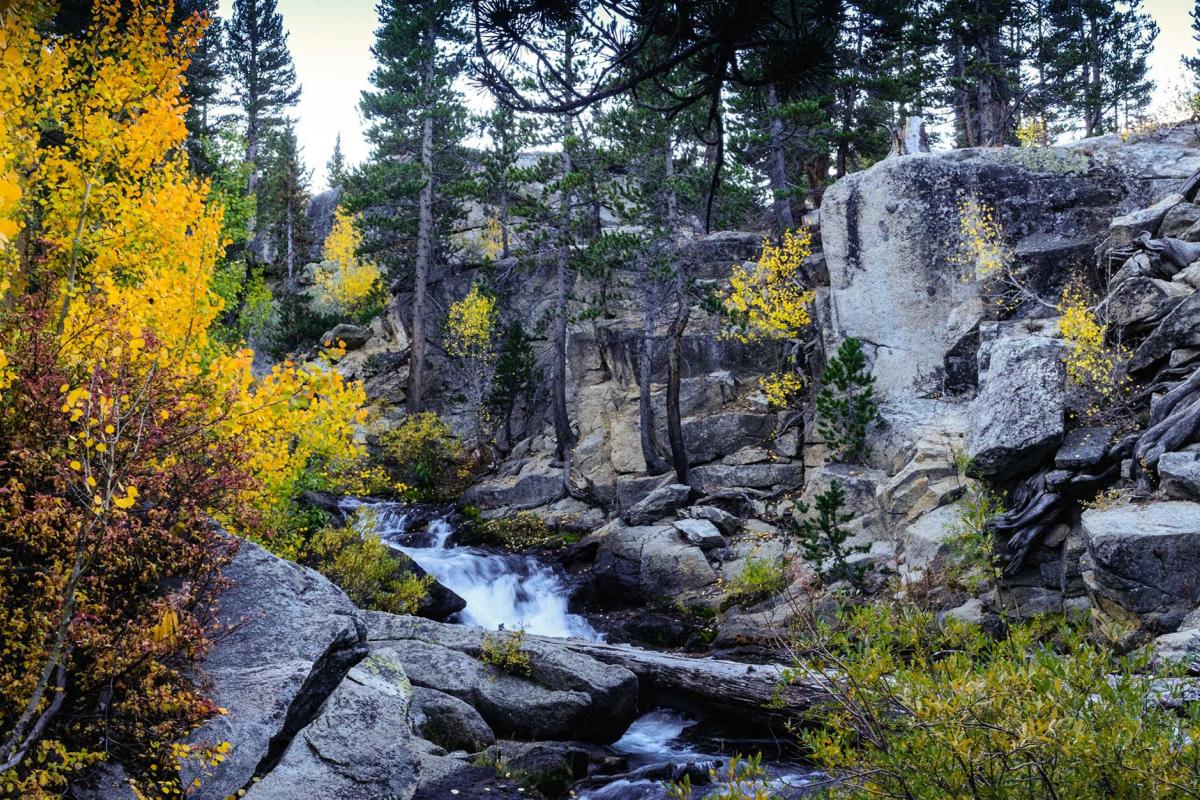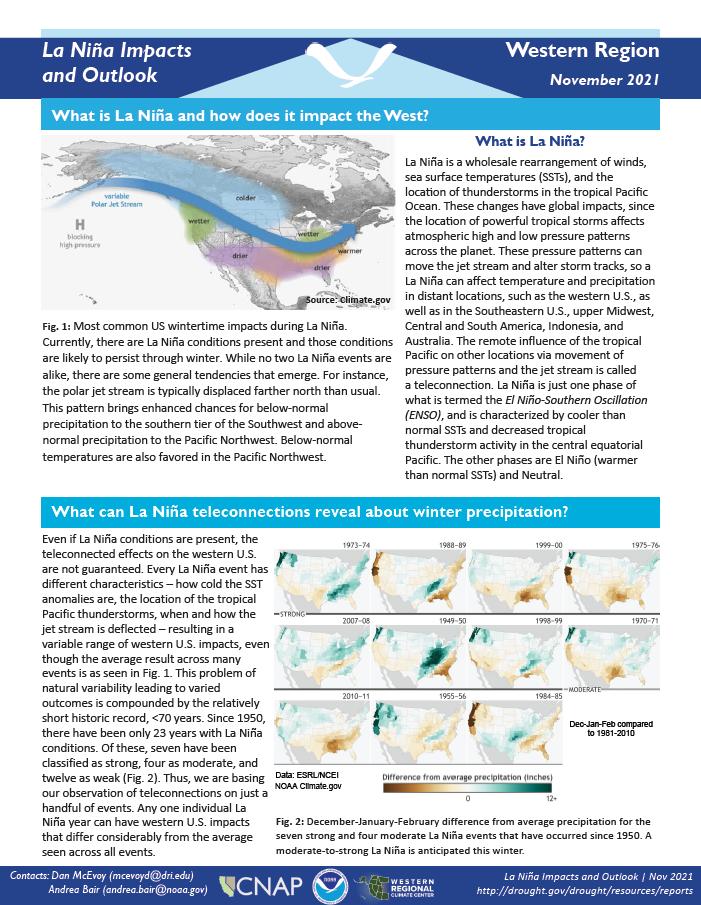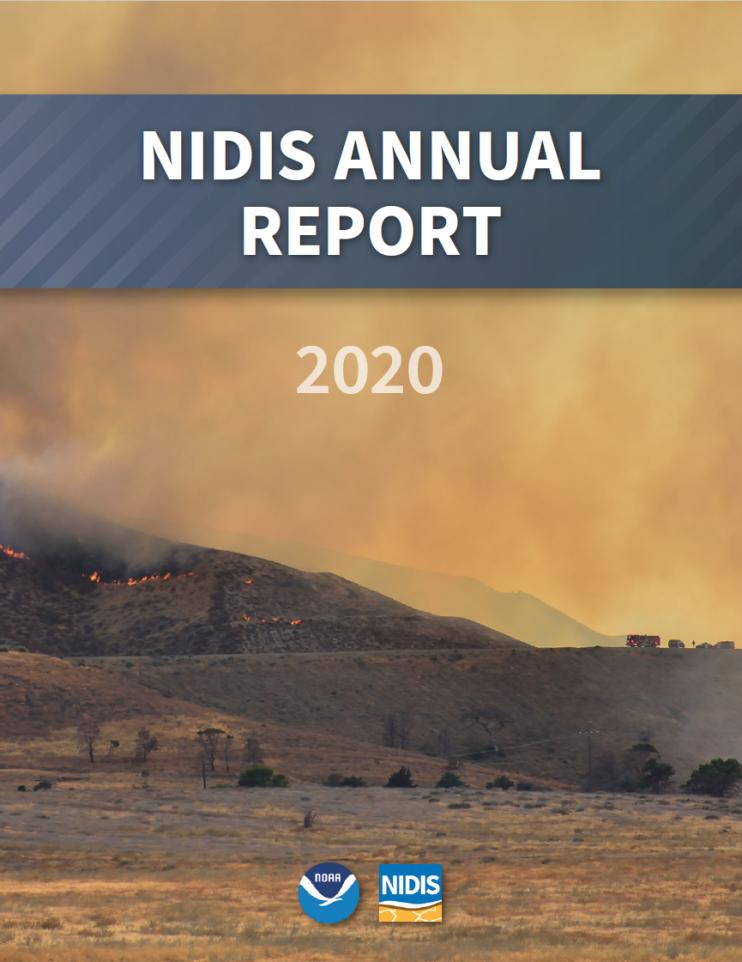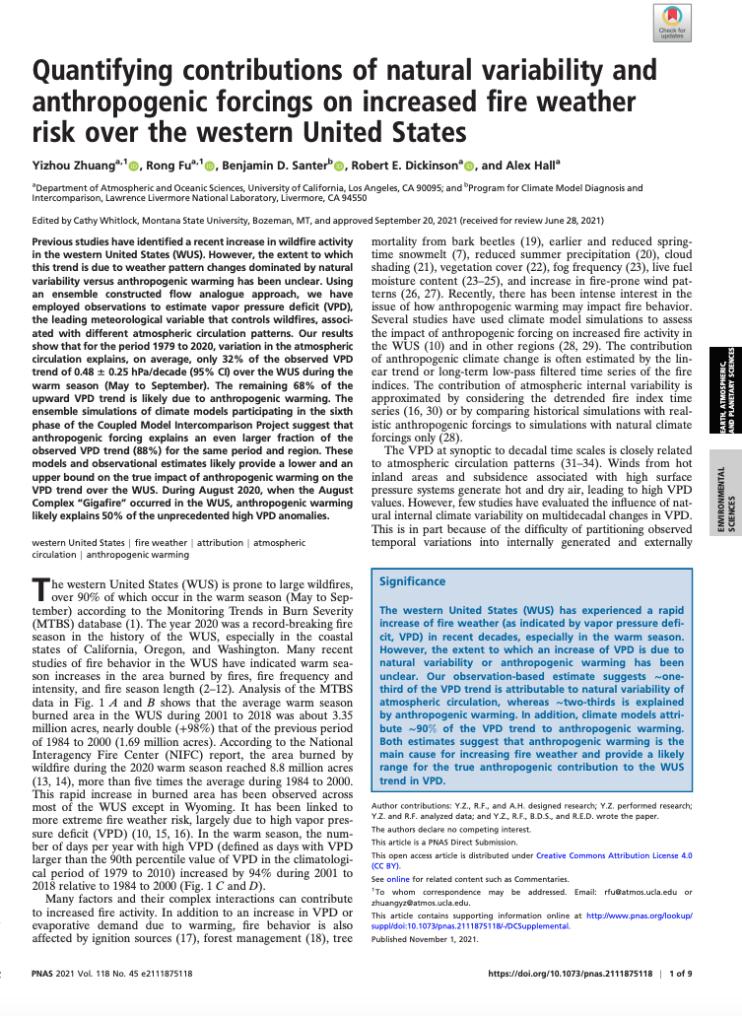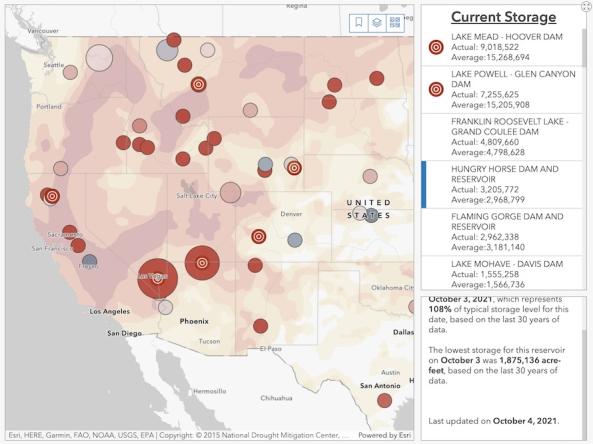The National Weather Service Central Region developed 2021–2022 Winter Hazard Outlooks in coordination with NOAA's National Centers for Environmental Information and National Integrated Drought Information System (NIDIS); U.S. Department of Agriculture; High Plains Regional Climate Center; and National Interagency Fire Center's Geographic Area Coordination Centers. This outlook highlights the various Winter hazards that could occur and potential impacts across the Western U.S.
This summary provides information on the typical La Niña winter pattern; the La Niña outlook; potential impacts; and comparisons of conditions during previous La Niña years for the Western U.S., updated in November 2021.
NOAA’s Regional Climate Services Program created these outlooks to inform the public about climate impacts within their respective regions. Each regional report contains easy-to-understand language, and anyone can access them through the Drought Portal.
The National Integrated Drought Information System (NIDIS) is pleased to share our 2020 Annual Report to provide insight into the many accomplishments of the program over the previous year and the opportunities that lie ahead. The year 2020 was exceptionally difficult for people worldwide, as the COVID-19 pandemic ravaged the globe and altered almost every facet of daily life. Not only was 2020 a significant drought year for the United States, it also brought record-breaking heat and devastating wildfires.
This article in the Proceedings of the National Academy of Sciences of the United States of America (PNAS) was the result of NIDIS-supported research. Learn more about this research.


